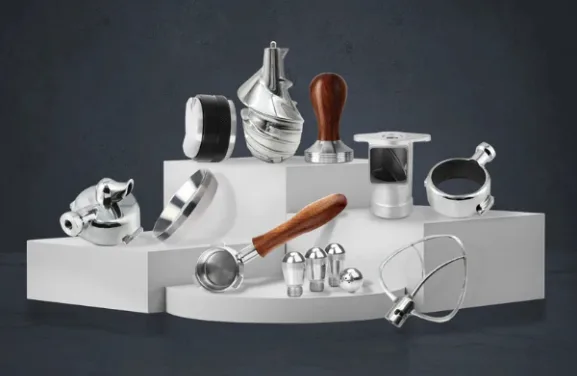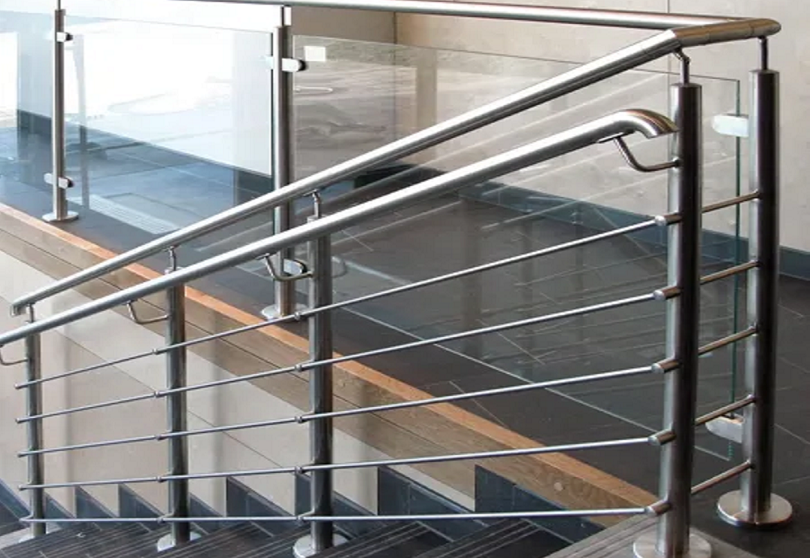
The Ultimate Guide to Stainless Steel Machining: Insights from AISI Handbook
- By:ABLINOX
- 2024-07-07
- 114
The Ultimate Guide to Stainless Steel Machining: Insights from AISI Handbook
Stainless steel is a popular choice in various industries due to its durability and corrosion resistance. Machining stainless steel, however, presents unique challenges that require careful consideration. The American Iron and Steel Institute (AISI) Handbook provides valuable insights and recommendations for effectively machining stainless steel.
Understanding Stainless Steel
Before diving into machining techniques, it’s crucial to understand the characteristics of stainless steel. This alloy contains a minimum of 10.5% chromium, which forms a passive oxide layer that protects the material from corrosion. Different grades of stainless steel offer varying properties, such as increased strength or enhanced machinability.
Factors Affecting Machinability
Several factors influence the machinability of stainless steel, including its chemical composition, microstructure, and mechanical properties. Work hardening, high thermal conductivity, and low thermal diffusivity are common challenges that machinists face when working with stainless steel.
Recommended Machining Techniques
AISI Handbook outlines several recommended machining techniques to improve efficiency and tool life when working with stainless steel. These techniques include optimizing cutting parameters, selecting proper tool materials, and implementing coolant strategies to control heat generation.
Tool Selection and Maintenance
Choosing the right cutting tools is essential for achieving high-quality results in stainless steel machining. Carbide tools are often preferred due to their hardness and wear resistance. Regular tool maintenance, such as sharpening and coatings, can extend tool life and improve cutting performance.
Enhancing Surface Finish
Achieving a smooth surface finish is crucial in many applications. Strategies like reducing cutting forces, controlling vibrations, and using proper tool geometries can help minimize surface roughness and improve dimensional accuracy in stainless steel components.
Conclusion
In conclusion, mastering the art of stainless steel machining requires a combination of knowledge, skill, and the right tools. By leveraging the insights from the AISI Handbook, machinists can optimize their processes, enhance productivity, and deliver high-quality stainless steel components for diverse industrial applications.
-

Exploring the Art of Precision Casting
2025-03-20 -

Premium Stainless Steel Hinges for Durable Glass Shower Enclosures
2025-03-14 -

Stainless Steel Tactile Products: Durable Solutions for Barrier-Free Environments
2025-03-12 -

Celebrating Women’s Day: Special Care for Our Female Employees
2025-03-08 -

From Design to Finished Product: The Complete Guide to Stainless Steel Precision Casting
2025-02-26 -

Guides To Buy Stainless Steel Sanitary Ware
2024-01-16 -

How Do We Customize SS 304 Faucets for You?
2023-10-17 -

One of the Casting Steps, Pouring
2023-07-24 -

Training for Business Expansion
2022-07-02 -

Internal Business Sharing Meeting
2022-06-20
-

Premium Stainless Steel Handrail Fittings from a Trusted SS Casting Manufacturer
2025-10-29 -

Premium Stainless Steel Balustrade Accessories and Boat Hardware for Lasting Performance
2025-10-29 -

High-Performance Stainless Steel Hardware for Marine and Architectural Applications
2025-10-29 -

High-Quality Stainless Marine Hardware and Balustrade Accessories
2025-10-23 -

High-Quality Stainless Steel Marine Hardware and Casting Solutions
2025-10-23 -

Premium Stainless Steel Casting Hardware for Architecture and Home Design
2025-10-09 -

High-Quality Stainless Steel Railing and Marine Accessories for Modern Applications
2025-10-09 -

Precision Stainless Steel Casting and Marine Hardware Manufacturer
2025-10-09 -

Precision Stainless Steel Casting and Hardware Solutions for Modern Living
2025-10-09 -

Premium Stainless Steel Railing and Marine Accessories for Lasting Performance
2025-10-09

